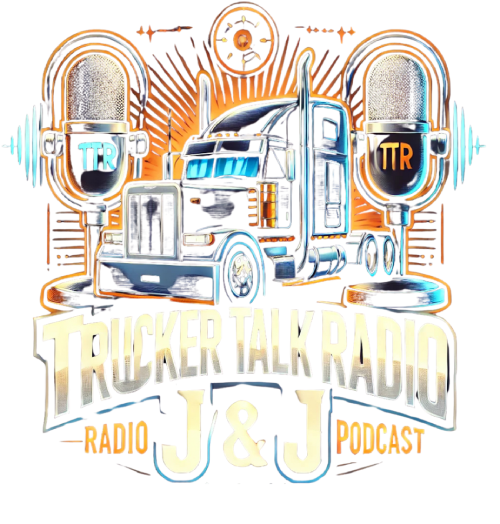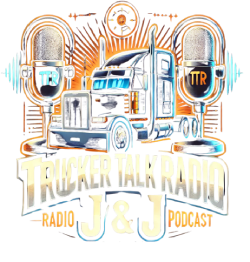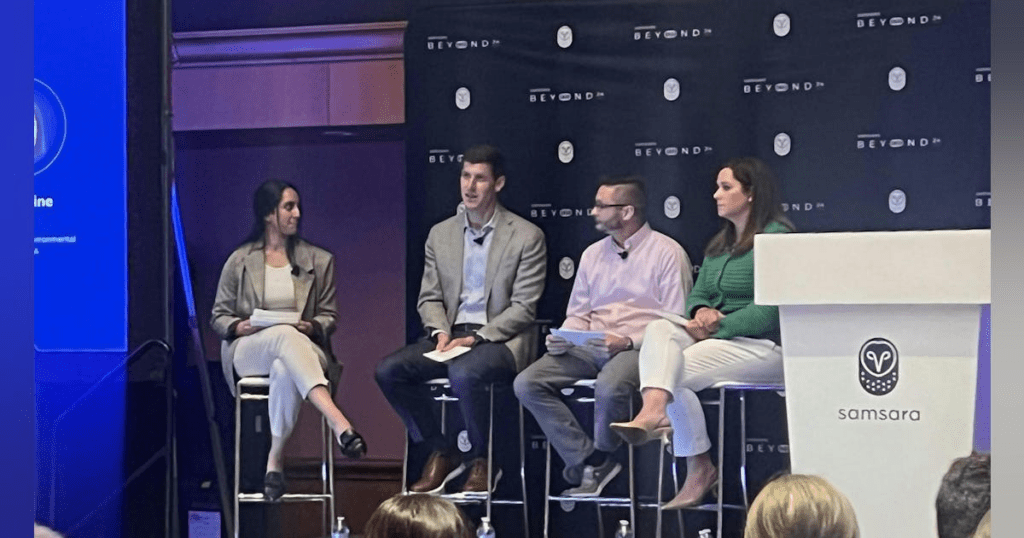Over the last ten years, sustainability in the trucking sector has mainly focused on freight efficiency, according to Jacqueline Gelb, Vice President of Energy and Environmental Affairs at the American Trucking Associations. However, recent regulations this decade have shifted attention to propulsion systems, including alternative fuels and battery electric vehicles (BEVs). These new regulations present challenges in an already difficult trucking market, leading to confusion and frustration within the industry.
In response, several trucking organizations have initiated lawsuits, and some members of Congress are advocating for modifications or repeal of these regulations. Meanwhile, fleet leaders are developing strategies to reduce emissions, while closely monitoring advancements in electric and alternative fuel technologies.
Regulations Aimed at Emission Reduction
Among the regulations discussed at Samsara’s recent Beyond 2024 user conference were the California Air Resources Board’s Advanced Clean Trucks and Clean Fleets rules, along with Phase 3 of the Environmental Protection Agency’s Clean Trucks Plan and the Securities and Exchange Commission’s guidelines for climate-related investor disclosures. Meera Bhaskar, Samsara’s senior product counsel, noted that companies proactively adapting to legislative changes and market dynamics can position themselves to remain compliant and competitive.
While this adaptability is promising for the industry, the new regulations bring unavoidable challenges. Even fleets that are actively adapting have encountered a learning curve, setbacks, or have been forced to adopt a cautious pace.
Challenges Arising from New Trucking Regulations
Regulations heavily centered on BEVs have become both a focus and a source of frustration. Bhaskar stated that significant obstacles remain in integrating BEVs into fleets, particularly for long-haul trucking, where electrification remains a distant goal. “Infrastructure is a critical barrier but also a crucial facilitator for adoption,” Gelb said. “While regulations push for EVs, it’s vital to ensure an adequate charging network is in place.”
Even existing charging infrastructure is sometimes unreliable. Justin Bailey, Artur Express’s corporate director of safety and claims, reported issues with the chargers they’ve installed in St. Louis. “It’s been quite troublesome; [the chargers] don’t always function properly,” he explained.
Moving Forward Amidst Regulatory Pressure
California presents unique challenges, where companies are directed to electrify their fleets but struggle with insufficient infrastructure. Will Vining, senior director of supply chain optimization at Veritiv, mentioned their requests for EV chargers have been denied due to inadequate infrastructure. “Even when you need the truck, obtaining a charger is a problem,” he said.
These regulatory hurdles complicate operations in California. Bailey noted, “The regulations here are outpacing technology and forcing significant decisions upon us.” Artur Express is contemplating whether to continue operating in California due to slim profit margins, weighing the choice of enduring challenges against altering their business model.
Alternative Emission Reduction Strategies
While many regulations concentrate on EVs, Gelb emphasized that high costs and infrastructure gaps can deter fleet leaders. Nonetheless, options for reducing emissions exist that don’t require massive investments. Vining pointed out that Veritiv uses various alternative fuels, like biodiesel and renewable diesel, in addition to a limited number of EVs, achieving a significant reduction in emissions and costs. “We successfully shifted 15% of our fleet to renewable diesel without extra expense,” he remarked.
Veritiv also improved operational efficiency by minimizing mileage and optimizing the size of its fleet. “We focused on enhancing truck utilization,” Vining stated, noting they could maintain steady sales while reducing their fleet size. Similarly, Artur Express promotes fuel-efficient driving techniques through a training program, rewarding drivers for improved performance. Furthermore, newer trucking technologies play a role in cutting emissions, as fleets update their equipment for better fuel efficiency each cycle.


